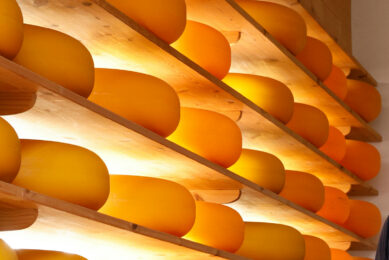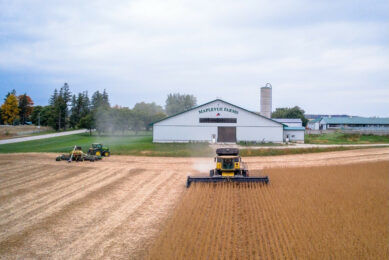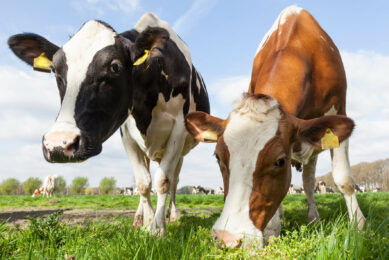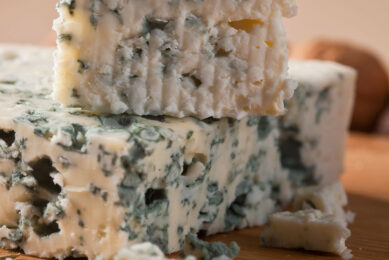French farm achieves higher milk price from milk robots
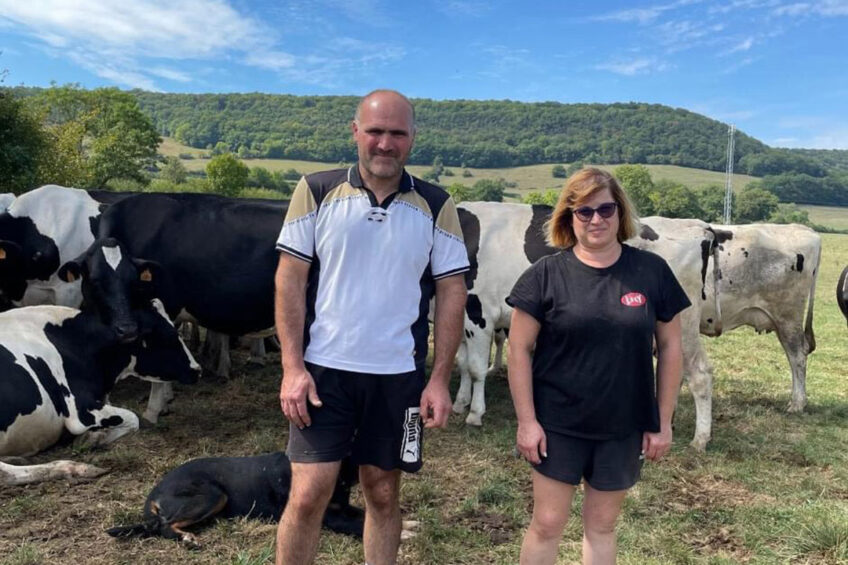
The investments in 2 Lely milking robots during the summer of 2023 will help the Gaec Mairet family farm to take a step forward in its development.
It was in 1997 that Nathalie Mairet and her brother Jean-Louis took over the family farm from their parents. At that time, the farm had 24 Prim‘Holstein dairy cows, 30 Charolaise cows and 107 hectares.
“We invested in a 2×6 milking parlour in 1999 and the herd gradually grew to reach 92 dairy cows this year,” says Nathalie Mairet. “Our milking parlour became too small and we decided this year to invest in 2 Lely robots with a total investment of €300,000. The first robot was installed in the first half of September and the second at the beginning of October.”
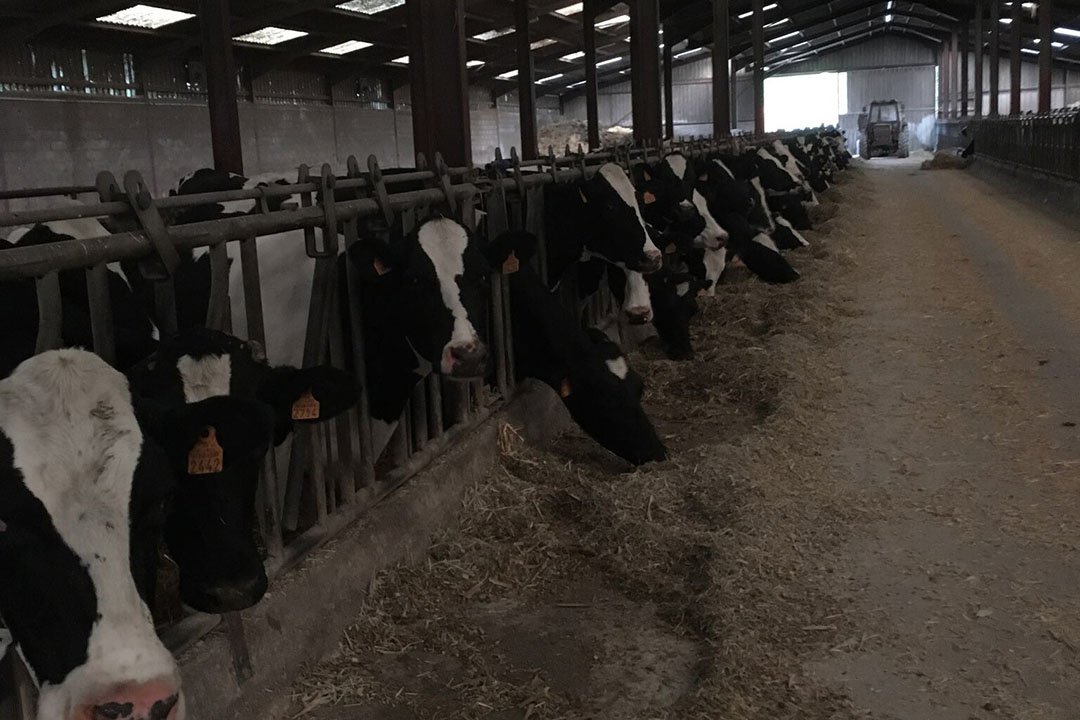
“We chose the Lely brand because we already had a slurry scraper robot,” explains Nathalie , adding that cow management is an economic compromise.
Increase in selling milk price
The cows receive the same ration year-round based on corn silage (10-12 kg of dry matter in summer, 30 kg in winter), wrapped hay (5 kg), raw hay (3 kg), dehydrated alfalfa (2.5 kg) and non-GMO purchased meal (2 kg). This basic ration covers 26 kg of milk, a feed supplement made on the farm being brought to the feed-rack. ”On average, cows produce 30-35 kg of milk per day, or 8,500-9,000 kg of milk per lactation, with the best cows exceeding 50 kg of milk per day,” explains Nathalie.
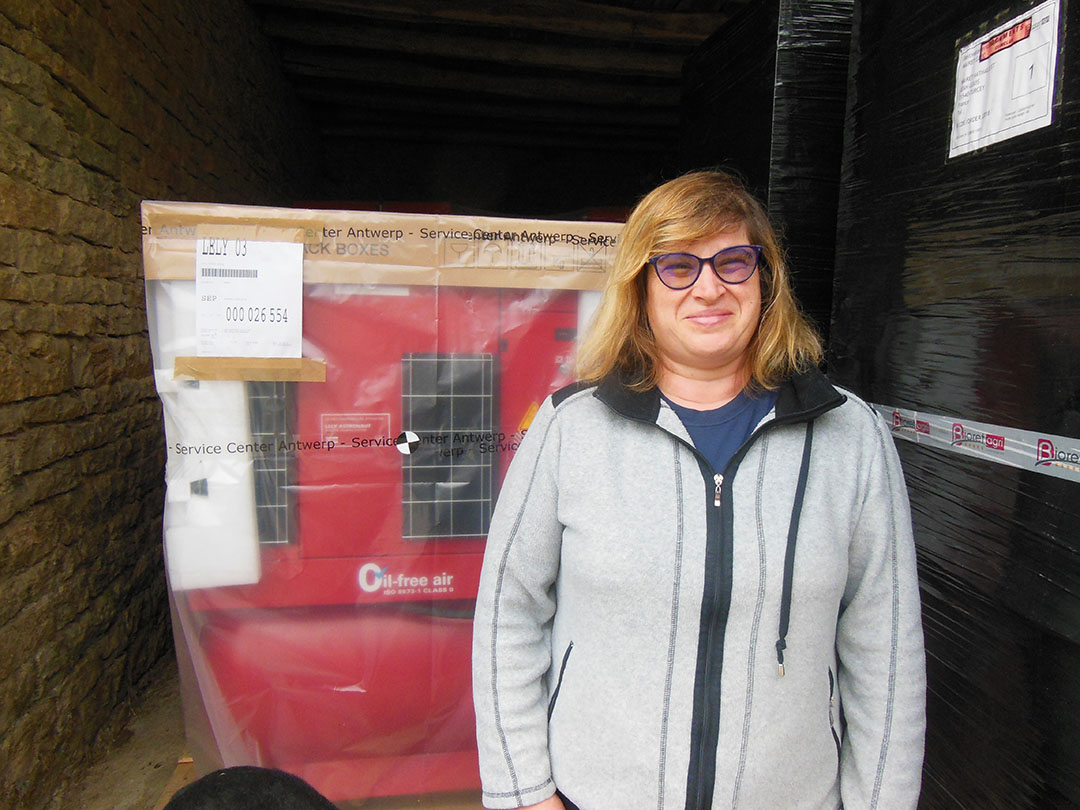
“Our objective is to have pregnant cows and we keep them on the farm for up to 11 years, aiming for a good fat content (43-44%) and protein content (33-34%),” says Nathalie. Since 2022, the farm sells its milk to Delin, a cheese factory located near Dijon, which since 2019 has developed its own brand, Notre Lait Bourgogne-Franche Comté (Our milk Burgundy-Franche-Comté).
“Our basic milk price passed from €377/1,000 l in 2021 to €423/1,000 l and we plan to reach at least €500/1,000 l in the coming months,” explains Nathalie.
Self-producing feed
The farm benefited from the increase in the selling price of its milk. It is less affected than other farms by feed price increases because it has chosen to self-produce its feed as much as possible.
The increase in the selling price of milk has allowed Gaec Mairet to increase its gross operating surplus in recent years.
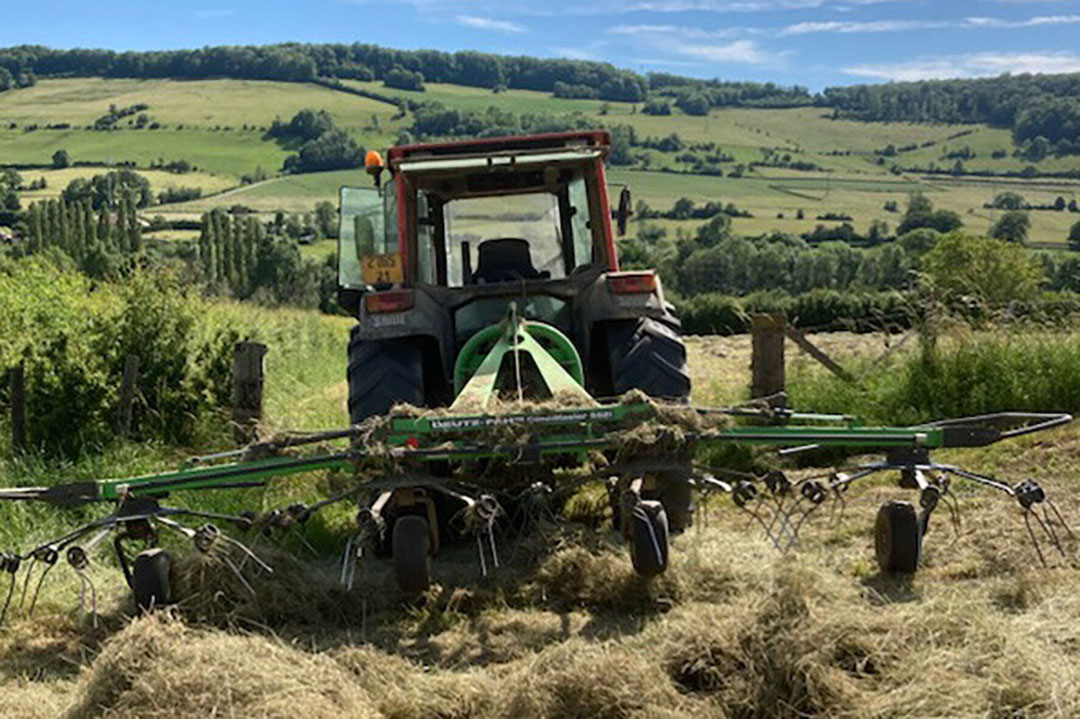
The installation of robots will enable it to increase its production and better absorb its fixed costs. This will result in an increase in its gross operating surplus of €56,000 compared to the financial year ended 31 March 2022 (see Tables). This surplus will make it possible to increase the remuneration of the associates which is currently at a low level.
Gaec Mairet will have to increase the number of cows in production to increase its milk production, going from 85 cows in 2022 to 100 at the end of 2023, which requires purchasing cows.



